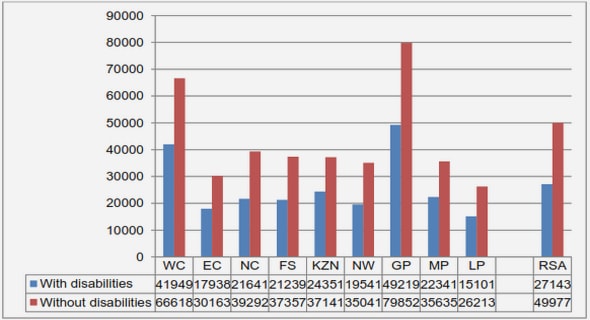(Downloads - 0)
For more info about our services contact : help@bestpfe.com
Table of contents
1.Introduction
Unipotent and multipotent progenitors of cnidarian regeneration
Pluripotent progenitors mediate planarian whole-body regeneration
De-differentiation and lineage-restricted progenitors of regeneration in vertebrates
Arthropod leg regeneration relies on lineage-restricted progenitors
Arthropod peripheral sensory organs
Research objectives
2. Regeneration restores the diversity and the pattern of sensory organs in the legs of Parhyale
Abstract
Introduction
Results and discussion
The diversity of setae on Parhyale limbs
The distribution of setae on Parhyale limbs
The pattern of sensory organs is fully restored in regenerated Parhyale limbs
Putative sensory functions of different types of setae
Recovery of sensory function after regeneration
Transformation of type-2 lamellate setae into twin setae
Conclusions
Materials and Methods
Parhyale culture
Scanning Electron Microscopy (SEM)
Laser Scanning Confocal Microscopy
Immunostaining
Testing mechanosensory function
Acknowledgements
Author contributions
Supplementary Information
3. Continuous live imaging of Parhyale limb regeneration
Introduction
Results and discussion
Extending and optimizing continuous live imaging of regenerating limbs
A complete overview of limb regeneration
Conclusions
4. CRISPR-mediated knock-in approach to generate cell type -specific marker lines of Parhyale peripheral sensory organs
Introduction
The emergence of precise genome editing
CRISPR revolution
Design and synthesis of CRISPR-mediated genome editing reagents
DSB repair pathways: how to insert transgenes into genomes
CRISPR-mediated genome editing in Parhyale
Results and Discussion
Antp knock-in as a positive control
Designing sgRNAs for new targets
Targeting Pax3/7-2
Selecting putative sensory organ markers
Targeting the neuronal marker futsch
Testing sgRNA efficiencies on cut, sens, and elav
Overall lessons from CRISPR experiments
5. Generating and screening CRE-reporters to label the sensory organs of Parhyale legs
Introduction
Identification of enhancers in the genome
Assay for transposase-accessible chromatin
using sequencing (ATACseq)
Methods for the functional characterization of enhancers
Identifying CREs in Parhyale hawaiensis
Results and discussion
ATACseq on Parhyale embryos and limbs
Selecting putative sensory organ markers and testing
putative CRE reporters
The DC5 reporter and enhancer traps
Conclusions
Supplementary Information
6. Combining live imaging with antibody staining to track the progenitors of Parhyale limb regeneration
Introduction
The methodology of staining tissues with antibodies
Antibody staining in Parhyale
Results and Discussion
Developing an antibody staining protocol for regenerating legs
Registration of nuclei between live imaging and IHF stainings
Putative markers for recognizing sensory organ cell types using antibodies
Protein expression and immunization
Testing the antibodies raised against Parhyale proteins by IHF
Conclusions
7. Conclusion and perspectives
High fidelity regeneration of Parhyale peripheral sensory organs
Live recording the entire course of Parhyale limb regeneration
Transgenesis in Parhyale
Combining antibody staining with live imaging to identify progenitors in
regenerating limbs
Studying cell and tissue dynamics during Parhyale limb regeneration
APPENDICES
A – Materials and Methods
Parhyale husbandry
Animal preparation for live imaging
Antibody staining
Microinjections for CRISPR
Image acquisition and analysis
Detailed Protocols
Fixation of adult Parhyale hawaiensis for SEM
RNA in situ hybridization in Parhyale hawaiensis embryos in vitro sgRNA synthesis
Microinjection to Parhyale embryos
Genomic DNA extraction from Parhyale embryos
T7 endonuclease assay
Antibody staining on Parhyale embryos
ATACseq on Parhyale embryos
Total RNA extraction from Parhyale tissues
B – Tracking cell lineages in 3D by incremental deep learning
Abstract
Main text
Acknowledgements
Competing interests
Contributions
References
C – References


